| |
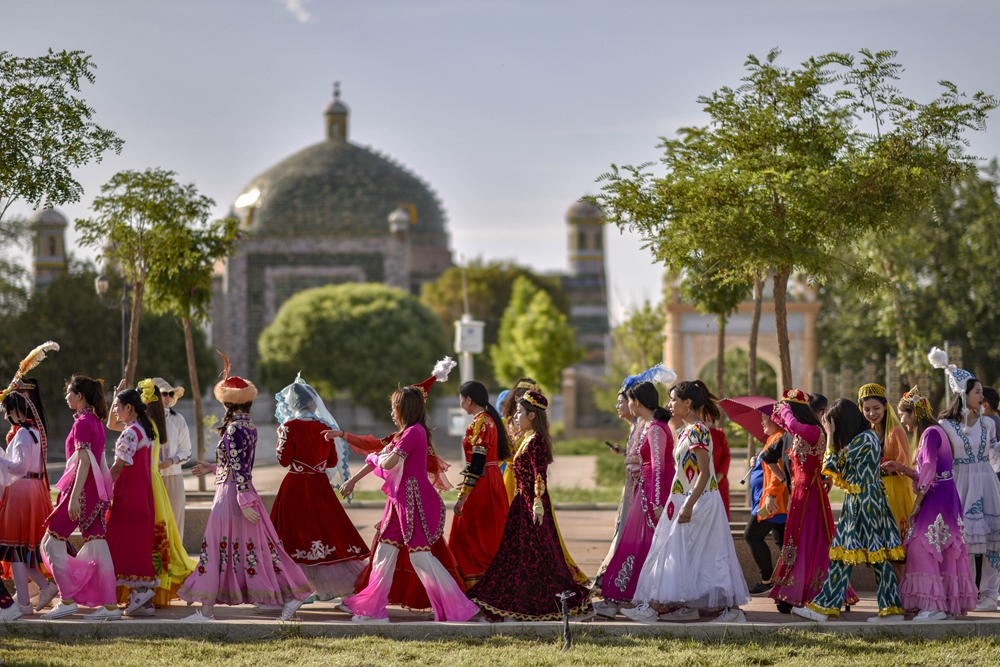
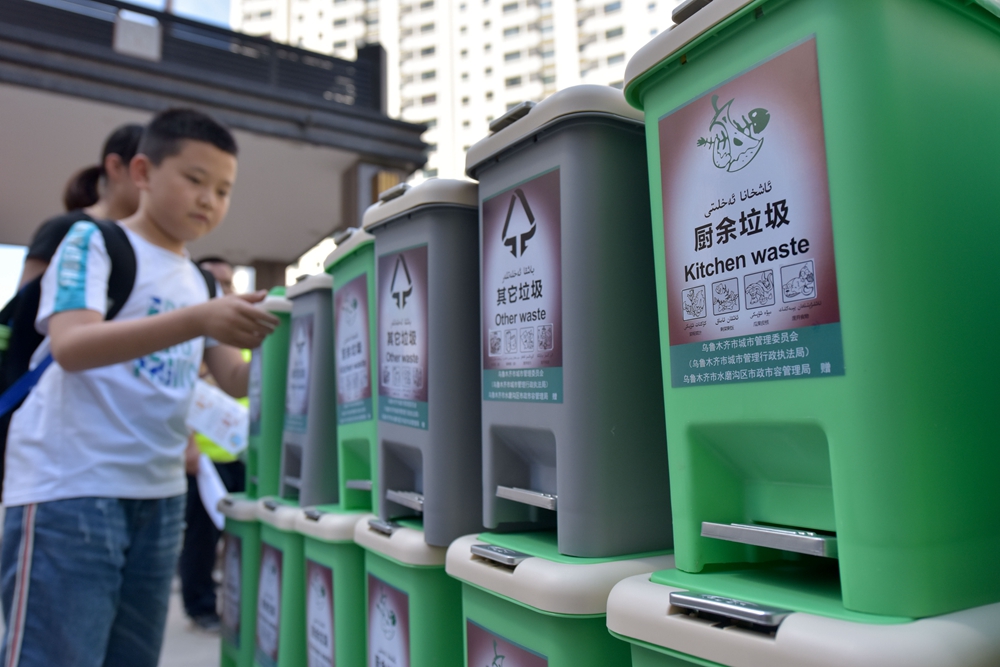

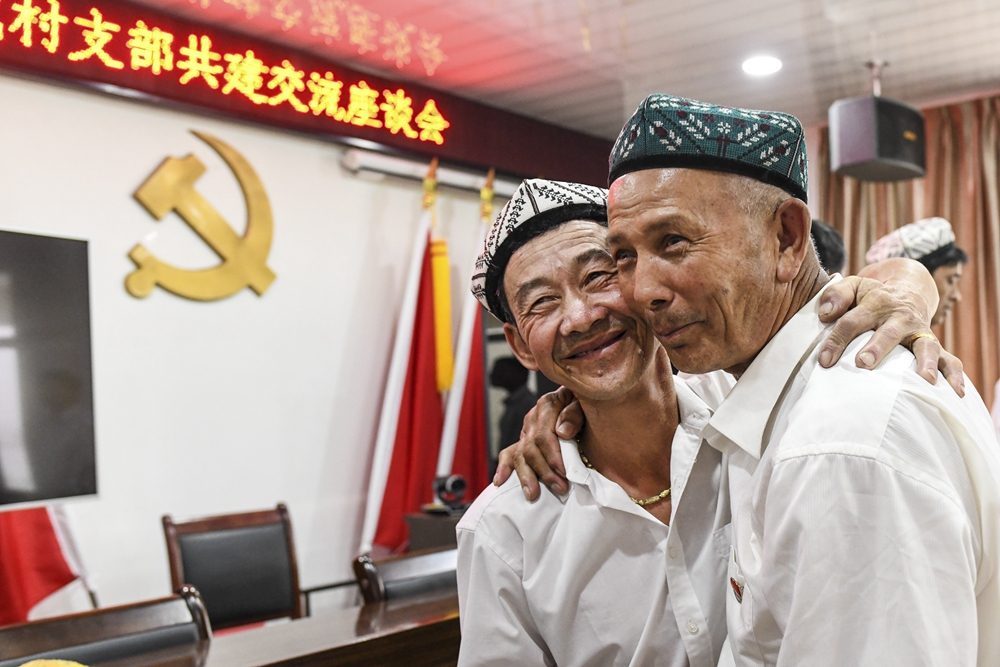
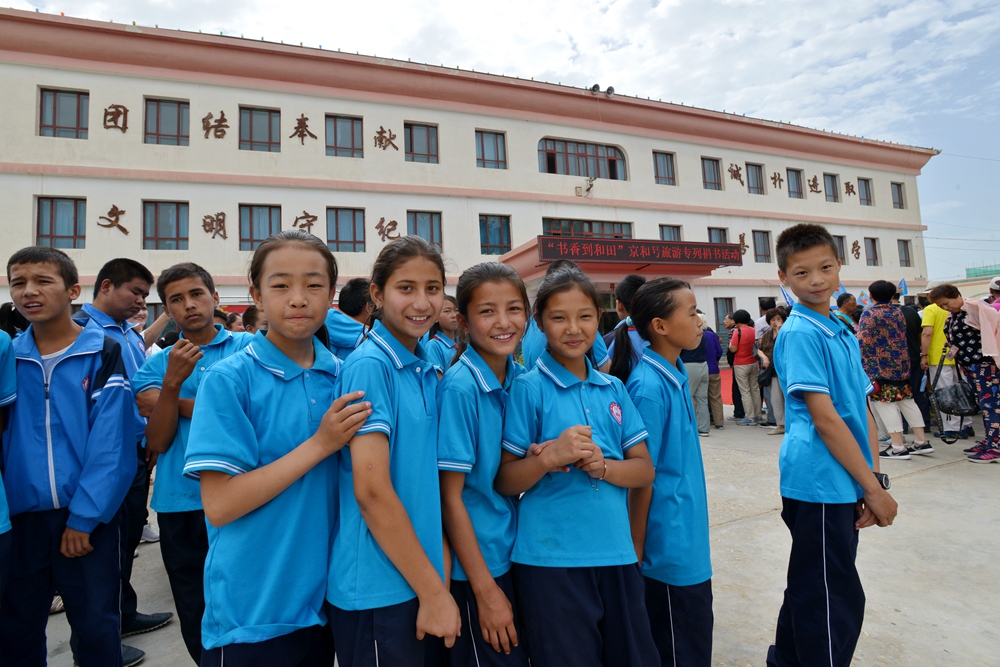
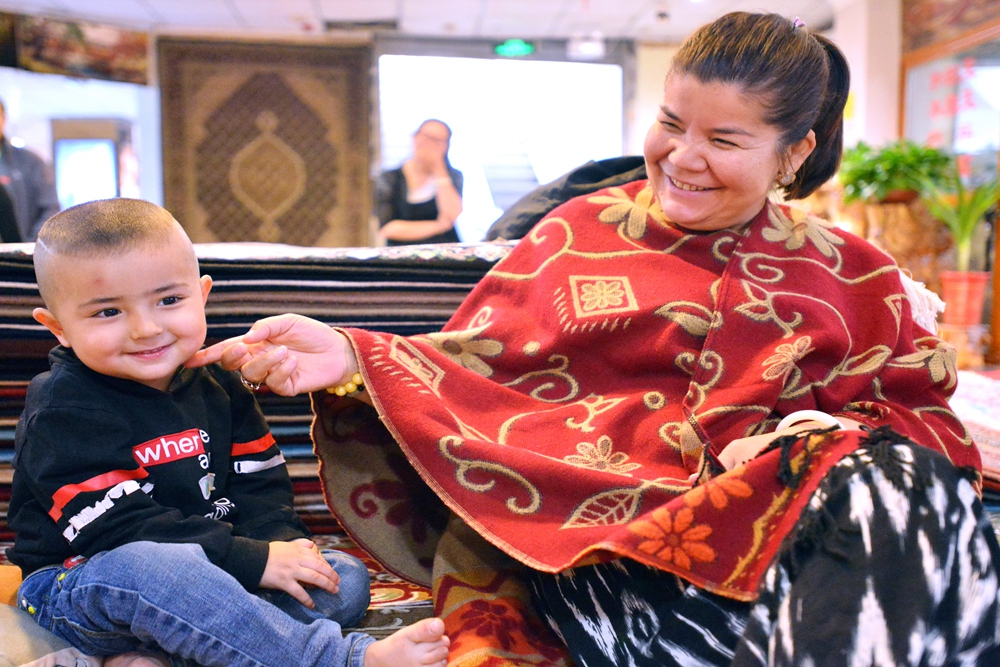

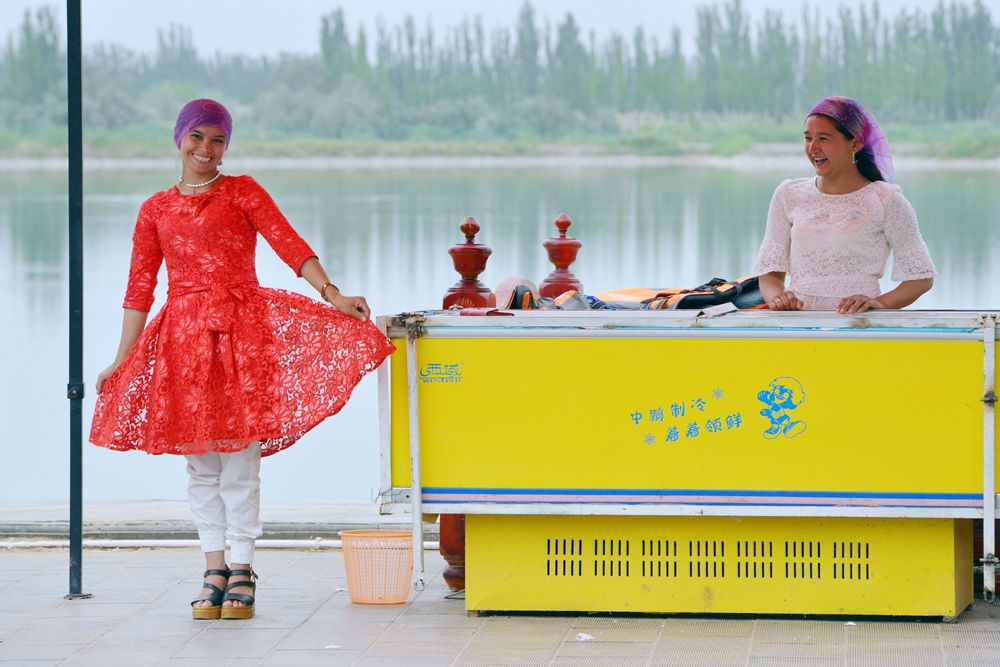
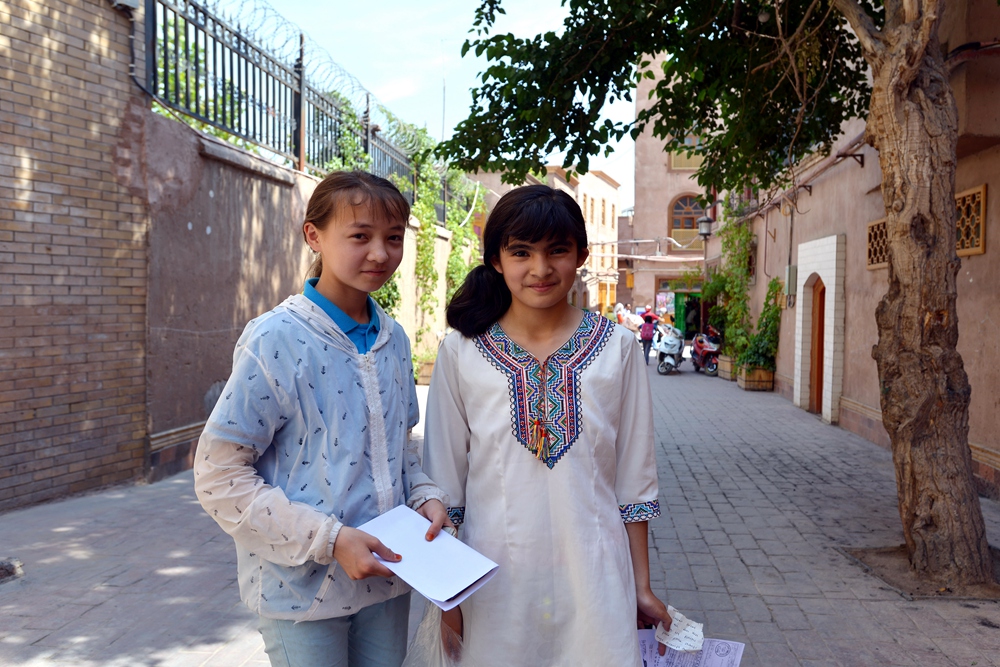
/
|
|
|
Employment and educational opportunities are seen as two of the main ways of addressing the core problem of poverty in Xinjiang Uygur Autonomous Region, especially in the region’s southern area where economic growth lags far behind the national average. In recent years, Xinjiang has achieved remarkable progress in poverty reduction, to which an increase in jobs contributed greatly. In the first half of 2019, more than 350,000 new urban jobs were created in the region, while the total number of times rural residents found jobs in other Chinese cities was 1.7 million, many high-caliber people have devoted themselves to Xinjiang's development. The Chinese Government has been implementing the pairing assistance program in Xinjiang since 1997, channeling financial support to Xinjiang from other regions of the country and sending volunteers from various professions to work there. Thanks to supporting policies, Xinjiang has established a number of industrial parks in poverty-stricken areas, which provide employment and drive local economic growth. In addition, Xinjiang has begun to offer 15-year compulsory education since 2017, ahead of the rest of the Chinese mainland. This means that all students from kindergarten to high school, as well as those attending secondary vocational schools, receive a free education. This policy was first rolled out in south Xinjiang in 2014. Comments to ffli@bjreview.com |
|
||||||||||||||||||||||||||||
|